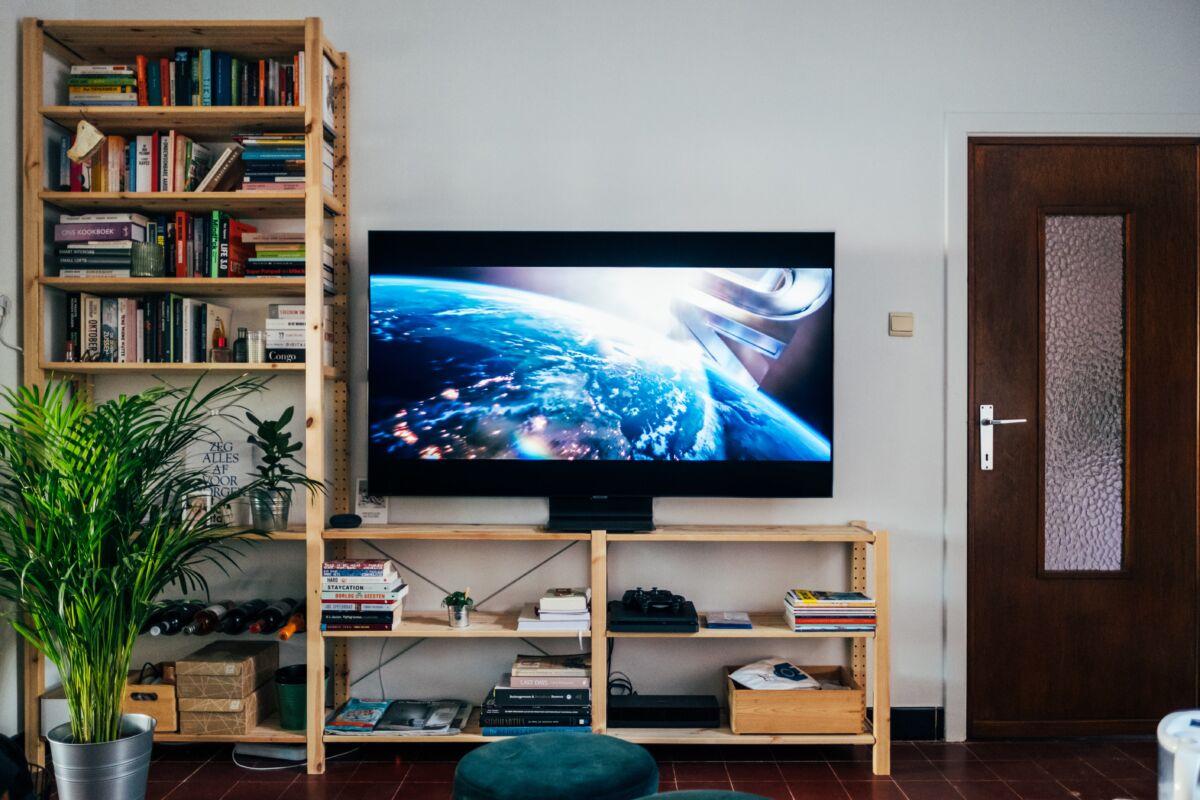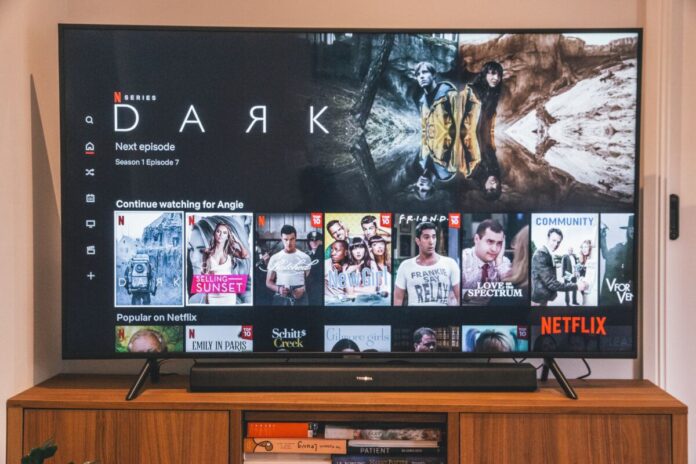Do you love watching movies and TV series? Are you an avid gamer? Then you absolutely have to invest in the best smart TV in the market. The good thing is that you have plenty of brands and models to choose from at almost any budget range. However, this wealth of options might also be a bad thing. Indeed, it can get especially confusing if you aren’t as familiar with all the tech terms.
To help you out, here’s a list of the top five things you should look for in a smart TV for the ultimate viewing and gaming experience:
4K resolution with HDR compatibility
Some of the terms that you might encounter when shopping for a smart TV are “4K” and “ultra HD.” What you should know is that these are the same. These terms refer to the screen resolution or how many pixels there are on the screen. Regular HD TVs only have about 2,070,000 pixels; a 4K or Ultra HD TV has more than 8,000,000 pixels. This creates a smoother, sharper, and life-like picture quality. What’s great is that if you have regular HD content, 4K TVs can convert or upscale such content into 4K quality.
If you see 8K TVs in the appliance store, you can skip them for now. For one thing, they’re much more expensive than 4K TVs. Also, there isn’t enough content in 8K resolution at the moment, so you won’t be able to make the most of the technology.
Another thing you should look for is HDR compatibility. HDR or high dynamic range is a technology that ensures that your TV can reproduce accurate, true-to-life colors. With HDR, you can also see more details even in dark scenes because it has a wider exposure range.

The right size
When it comes to 4K TVs, bigger is definitely better. You won’t be able to appreciate the stunning picture quality if you choose something too compact. At the very least, get a 32-inch or a 40-inch model. There are 4K and 8K TVs that are 100 inches in size (that’s about 8.30 feet), but you might feel a little overwhelmed.
OLED over standard LED
The difference between a LED and OLED TV is the way that it’s lit. In LED TVs, the crystal panel is lit from the back. In OLED TVs, on the other hand, every single crystal lights up and turns off on its own. OLEDs also have their color filters. As a result, the picture quality is more lifelike and the colors are much richer. OLED TVs also offer a higher contrast ratio, creating more depth.
Do note that OLED TVs are more expensive than LED ones. If you can’t get an OLED TV with your budget, a 4K LED TV with HDR will still offer beautiful visuals.
The right ports
Many Smart TVs can connect to the internet through WiFi. However, for a smoother viewing experience with fewer interruptions, it’s best to connect your TV to the internet using an Ethernet cable. Make sure that the one you pick has the right port for this purpose.
For other ports, don’t just settle for USB slots. You should also check if there are HDMI ports; the ideal number is three to four, especially if you’re going to connect a soundbar, your gaming consoles, or other digital media players. Also, make sure that the ports are at least HDMI 2.0.

The right refresh rate
A TV’s refresh rate is expressed in Hertz or Hz. Most TVs nowadays have a refresh rate of 60Hz, which means that the screen refreshes 60 times per second. The faster the refresh rate, the less blurry the images will be. In general, faster refresh rates are better. This is especially true if you’re watching live events like sports matches or racing. However, most movies and TV series are still shot at 24fps or frames per second. As such, a smart TV with a 60Hz refresh rate will be more than enough.
On the other hand, a higher refresh rate might benefit competitive gamers. Indeed, there are some games with frame rates of 100fps or higher. With a 60Hz monitor, the visuals might “tear” because the refresh rate of the display can’t keep up with the number of frames. As such, a TV with a 144Hz or even just 120Hz refresh rate will make a big difference. For casual gamers, however, a standard 60Hz refresh rate can still give an enjoyable experience.
You’ll be watching and playing thousands of hours’ worth of movies, TV shows, and games on your smart TV. It’s only reasonable to spend a couple of those hours doing your research and make sure that you get the most value for money. Keep these details in mind and you’ll surely find that perfect smart TV for your viewing and gaming needs.
